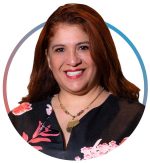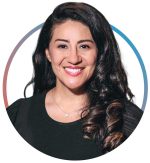MYTHS VS
TRUTHS
LEARN THE TRUTH ABOUT THE UNIVERSAL ARIZONA EMPOWERMENT SCHOLARSHIP ACCOUNT (ESA) PROGRAM
MYTH: “PUBLIC” TAX DOLLAR USE
“Public” tax dollars cannot go to private schools!
TRUTH: AZ TAX DOLLARS BELONG TO THE STUDENT, SO THE MONEY SHOULD FOLLOW THE CHILD.
Per the Arizona Republic, currently half of all Arizona public school districts today are sending public school students to private schools because the public school could not provide adequate service. Education dollars belong to the student so the money should follow the child. They should be able to use it towards the education model that best fits their needs. We should fund students NOT school systems!
MYTH: NO ACCOUNTABILITY
There is no accountability for private schools like there are in district public schools!
TRUTH: AZ PARENTS HOLD SCHOOLS ACCOUNTABLE BECAUSE THEY HAVE THEIR CHILD'S BEST INTEREST IN MIND.
Parents are the ultimate accountability measure as they will hold the school accountable because they have their child’s best interest in mind. Private schools in Arizona have significant accountability measures which is why they are so popular amongst parents. Click here to refer to Private School Accountability Report
MYTH: DECIMATE PUBLIC SCHOOLS
You’re going to decimate our public schools by letting hundreds of thousands of new kids qualify, tripling or quadrupling the number of students who are eligible!
TRUTH: A CHILD GETS ONE SHOT AT THEIR FUTURE, SO THEY SHOULD RECEIVE THE BEST EDUCATION THAT FITS THEIR NEEDS.
A child should not be forced to attend a government public school that is not working for them just to keep the status quo in place. Children only get one shot at their future so they should be able to receive the best education that fits their individual needs. Currently, approximately 47,000 students are in the Universal ESA program which is a small fraction of the 1.1 million K-12 students in Arizona.
MYTH: VOTERS SAID NO
Voters overwhelmingly voted down a large-scale Universal ESA expansion once already, we should respect the will of the voters and not allow any Universal ESA expansions!
TRUTH: 75% of AZ VOTERS AND 78% MINORITIES SUPPORT SCHOOL CHOICE.
The previous initiative was voted down because it limited the Universal ESA program and it did not go far enough to support education freedom. This is validated by the fact that 75% of Arizona voters support school choice programs including 78% of minorities.
MYTH: SCHOOLS ARE FINE
My schools are fine, and so are the majority of district public schools, so school choice isn’t really needed”.
TRUTH: EDUCATION IS NOT A ONE SIZE FITS ALL.
Just because something works for one family, does not mean it works for all families. Education is not a ‘one-size-fits-all’. Children learn differently and their needs may change so they need all education options available. Over 20 years ago, the same opponents to school choice opposed open enrollment and charter schools, but today they embrace them.
MYTH: MORE FUNDING
Funding is the problem. If only district public schools had more money, they could be fixed and families would not have to leave.
TRUTH: AZ SCHOOL FUNDING IS AT A RECORD HIGH, SO MONEY IS A NON-ISSUE.
Currently K-12 funding is at record high in Arizona. Per pupil funding for government district schools is at approximately $14,500. Universal ESA funded students receive half of that amount at only about $7,000 per year.
MYTH: COST TOO HIGH
The cost of private school is too high for many families, so even if they had an Universal ESA they could not afford to pay the balance or afford transportation to the new school!
TRUTH: UNIVERSAL ESA GIVES PLENTY OF FUNDING FOR ALL STUDENTS.
About half of all private schools’ tuition is at or below the current Universal ESA amount of $7,000 and families can also use Universal ESA funds to pay for transportation costs. Additionally, this is not a public vs. private school debate since parents use ESA’s for other educational options including home-based learning, online curriculum, tutoring programs, and more!
MYTH: SCHOOL LOSES ALL MONEY
If a child leaves a public school district the school will lose all of that child’s education funding!
TRUTH: ESA MEANS MORE MONEY WITH LESS STUDENTS FOR THE SCHOOLS, A WIN-WIN.
If a student chooses to use an Universal ESA and leaves their public school district, a significant portion of their education dollars still remain in that district. This means the school district would have received more funding but now would have one less student to educate which will help lower class sizes. Remember, Universal ESA students receive half the funding of what district students receive. This is an overall savings to the education system.
MYTH: UNIVERSAL ESAS WILL BANKRUPT THE STATE
With so many students enrolling in Universal ESAs, it will cost hundreds of millions of dollars and bankrupt the state of Arizona.
TRUTH: UNIVERSAL ESAS WILL NOT BANKRUPT THE STATE
The average total per-pupil funding for a K-12 district public student in Arizona is about $14,000 per year (this includes state, federal and local tax dollars). Compare that to the traditional Universal ESA student who receives approximately $7,000 per year (which is derived from 90% of the state funding). This means that a typical Universal ESA student literally receives half of the education funding they would have received if they attended their district public school.
MYTH: THERE IS WIDESPREAD FRAUD
Universal ESA Vouchers are wide open for fraud and abuse with little accountability and big loopholes.
TRUTH: UNIVERSAL ESA AUDIT PROVES THERE IS NO WIDESPREAD FRAUD.
A recent review of the Universal ESA program by the Arizona auditor general found that less than 1% of the overall reimbursement expenses were considered “improper,” and in many of those cases it was due to parents simply not understanding the Universal ESA guidelines. This audit proves that “widespread fraud” is not being committed by parents.
MYTH: ONLY WEALTHY PARENTS USE UNIVERSAL ESAS
75% of Universal ESA voucher users are from wealthy zip codes. Wealthier parents are getting unneeded subsidies from the state, leaving behind low-income and Latino children.
TRUTH: DEPT OF EDUCATION ANALYSIS PROVES MOST STUDENTS COME FROM POOR AREAS OF OUR STATE
This could not be further from the truth. A recent analysis of Arizona Department of Education data by the nonprofit San Juan Diego Institute shows that most of the students using Universal ESAs live in ZIP codes that are below the average state median income. In other words, the majority of Universal ESA students come from the poorer half of our state.
MYTH: UNIVERSAL ESAS ONLY HELP WHITE FAMILIES
Most of these vouchers will go to rich white families and not to the disadvantaged groups who need them most.
TRUTH: 76% of UNIVERSAL ESA SUPPORT COMES FROM HISPANIC FAMILIES
A recent statewide poll commissioned in part by American Federation for Children shows the highest support for Universal ESAs comes from Arizona’s Hispanic population with a whopping 76% in support.
MYTH: PRIVATE SCHOOLS LACK ACADEMIC ACCOUNTABILITY
Public schools are held accountable by state tests and curriculum mandates, while unregulated private schools are completely unaccountable.
TRUTH: 96% OF PRIVATE SCHOOLS OFFER NORM-REFERENCED TESTING SUCH AS SATs
An in-depth survey of private schools, along with data extrapolated from Private School Review, shows that more than 96% of the most populous private schools in Arizona offer norm-referenced testing, such as the SAT, so that students in private schools can be compared to their peers. (The remaining 4% use alternative metrics). Furthermore, while some private schools choose to post testing results publicly, many others (according to surveys shared with the American Federation for Children) provide testing and academic information directly to parents via daily or weekly progress reports, so that they know exactly where their child stands academically.
PRIVATE SCHOOL ACCOUNTABILITY REPORT
Over several months spanning from the fall of 2022 to the spring of 2023, the American Federation for Children (AZ Chapter) conducted a survey of private schools in Arizona. These surveys, along with data from Private School Review, showed that private schools have tremendous accountability measures in place. Specifically, the findings are very strong as it relates to the number of private schools administering norm-referenced testing, which are national tests given to students across the country that can directly compare peer-to-peer academic proficiency.
Data was collected from the private schools in Arizona with the highest student populations. This data showed there are 152 private schools that have a population of at least 75 students that are age-eligible to take a norm-referenced test. *(The rationale for identifying schools with at least 75 students is because many private schools with a total population below 75 students serve students who have specialized learning or are not eligible to take a norm-referenced test).
The estimated population of these 152 most populus private schools is 47,139. Only 6 of the 152 schools did not appear to offer a norm-referenced test (however, alternative non-national testing metrics appeared to be in use). The total population of these 6 schools was 1,084 students or approximately 2% of the population.
The main conclusions are:
- Approximately 98% of the students attending the most populus private schools in Arizona are attending a school with norm-referenced testing
- 146 of the 152 (or approximately 96%) of the most populus private schools administer a norm-referenced test
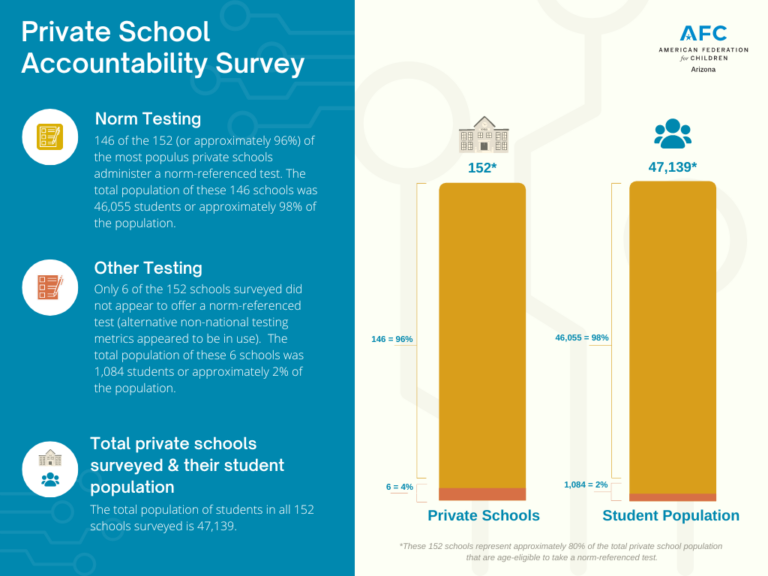
RESEARCH SHOWS FAVORABLE IMPACT OF
PRIVATE SCHOOL CHOICE
The case for school choice is overwhelming. Despite a handful of self-selected negative data points by some in the media, the vast majority of credible evidence shows that school choice programs improve academic outcomes for not only the program participants but also the students in public schools; save taxpayers money; and reduce racial segregation.
17 empirical studies examined academic outcomes for students participating in private school choice using random assignment, the “gold standard” of defensible social science:
- 11 found improved test scores for school choice participants
- 4 found no significant effect for school choice participants
- 2 found negative impact in the first year of study for school choice participants
21 studies examined school choice and how it impacts academic outcomes in public schools:
- 20 found that school choice improved public school academic outcomes
- 1 found no significant effect on academic outcomes from school choice
28 studies examined the financial impact for the taxpayers and public schools:
- 25 found that school choice programs save taxpayers money
- 3 found that school choice programs are revenue neutral
- None found that school choice programs have a negative fiscal impact
10 studies examined the impact of school choice on racial segregation:
- 9 found that school choice programs move students into less segregated schools
- 1 found that school choice programs have no net effect on racial segregation
- None found that school choice programs increase racial segregation
TOP SCHOOL CHOICE RESEARCH
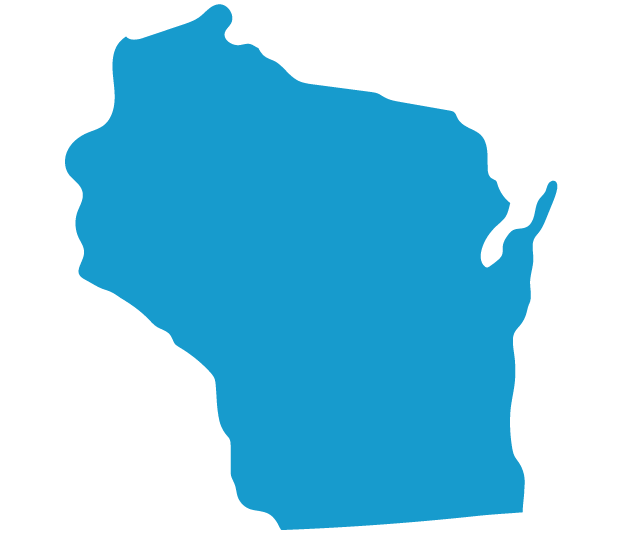
Milwaukee Parental Choice Program (MPCP)
Higher Graduation Rates: MPCP students had higher on- time graduation rates—76%—than students in Milwaukee Public Schools (MPS)—69%. MPCP students are more likely to enroll as well as persist in a 4-year college than MPS peers. Increased Academic Achievement: MPCP students have higher achievement growth in reading and similar growth in math over four years. Reduced Crime: MPCP students had decreased rates of subsequent criminal activity, especially among males.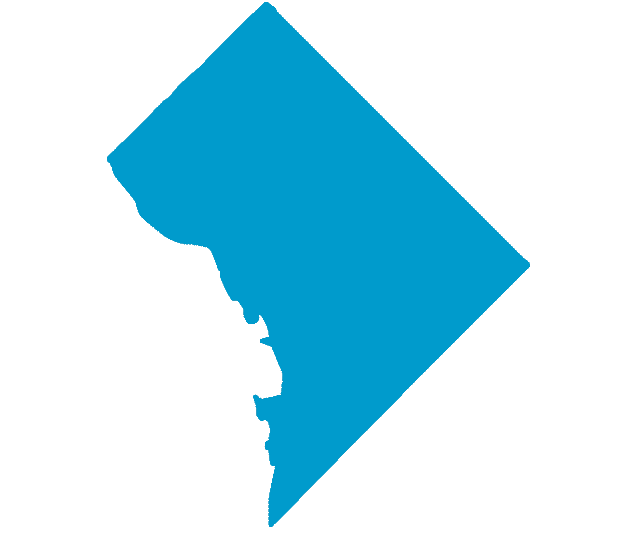
Washington, D.C., Opportunity Scholarship Program (OSP)
Higher Graduation Rates: OSP students graduated at a rate of 91%, a 21-point increase from those who didn’t receive scholarships. OSP graduation rate is more than 30% higher than D.C. Public Schools. Increased Academic Achievement: OSP boosted reading scores by 3.7 months of learning over 3 years.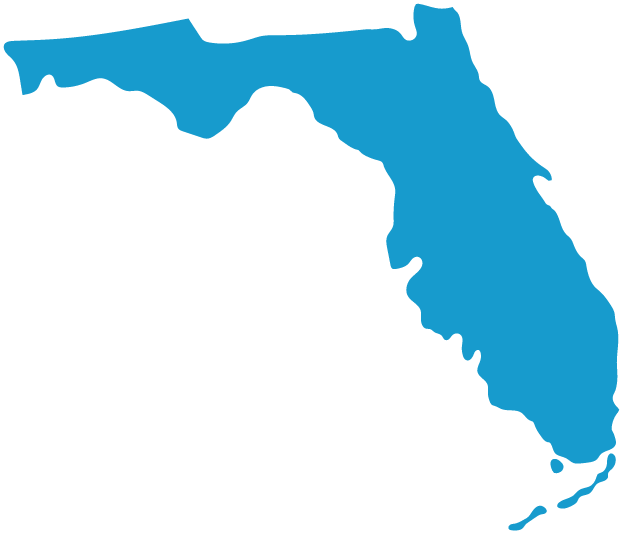
Florida Corporate Tax Credit Scholarship Program
Increased Academic Achievement: Annual evaluations show scholarship recipients—mostly low income, minority students—perform just as well or better than students of all incomes and races nationally. Improved Public School Performance: Standardized test scores improved in public schools most likely to lose students to private schools.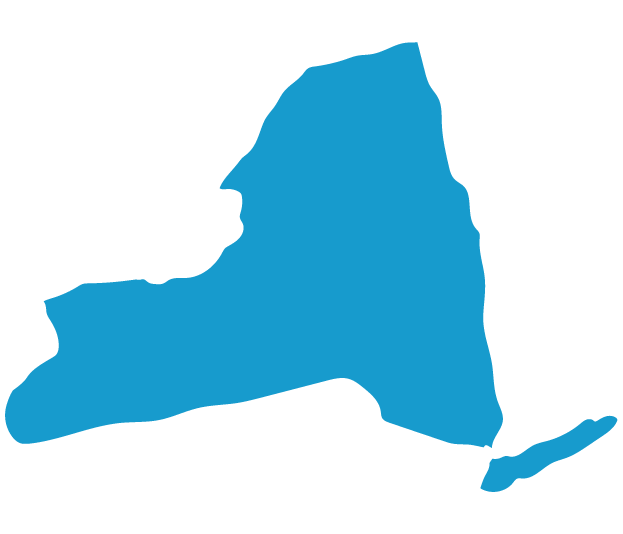
New York City School Choice Scholarships Foundation Program
Higher College Enrollment Rates: African American students who participated in the New York City program were 6% more likely to enroll in college and were 5% more likely to obtain a college degree. Additionally, the study found a 5% increase in college enrollment and a 3% increase for B.A. attainment for children of mothers born in the United States.
